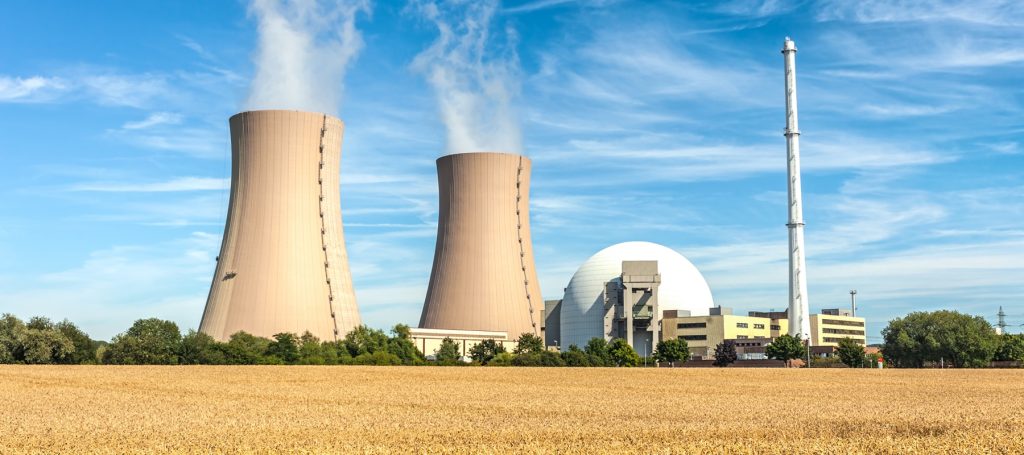

Nuclear or radiological emergencies, such as the nuclear accidents at Chernobyl in 1986, and Fukushima Daiichi in 2011, can have disastrous sociological and economic consequences. To organise sound countermeasures for the protection of the general public against the dangers of radiological emergencies, it is essential to have early and reliable knowledge of activity concentrations in air, contamination levels of farmland, and dose rate levels in urban areas.
This course provides an introduction to the measurement of dose rate and radioactivity concentration in air. It is applicable to Europe-wide monitoring of data in the event of a radiological emergency.
This course consists of three modules:
Learners who successfully complete the course will receive an NPL Certificate of Completion.
Required prior knowledge:
This e-learning course has been created as part of the European Metrology Research Programme (EMRP) MetroERM project, and results from the collaboration between NPL, AUTH (Greece), BfS (Germany), CEA (France), CIEMAT (Spain), CMI (Czech Republic), ENEA (Italy), IFIN-HH (Romania), IJS (Slovenia), IRSN (France), JRC (EU Commission), PTB (Germany), SCK·CEN (Belgium), TAEK (Turkey), UPC (Spain). The project was co-ordinated by PTB (Germany).